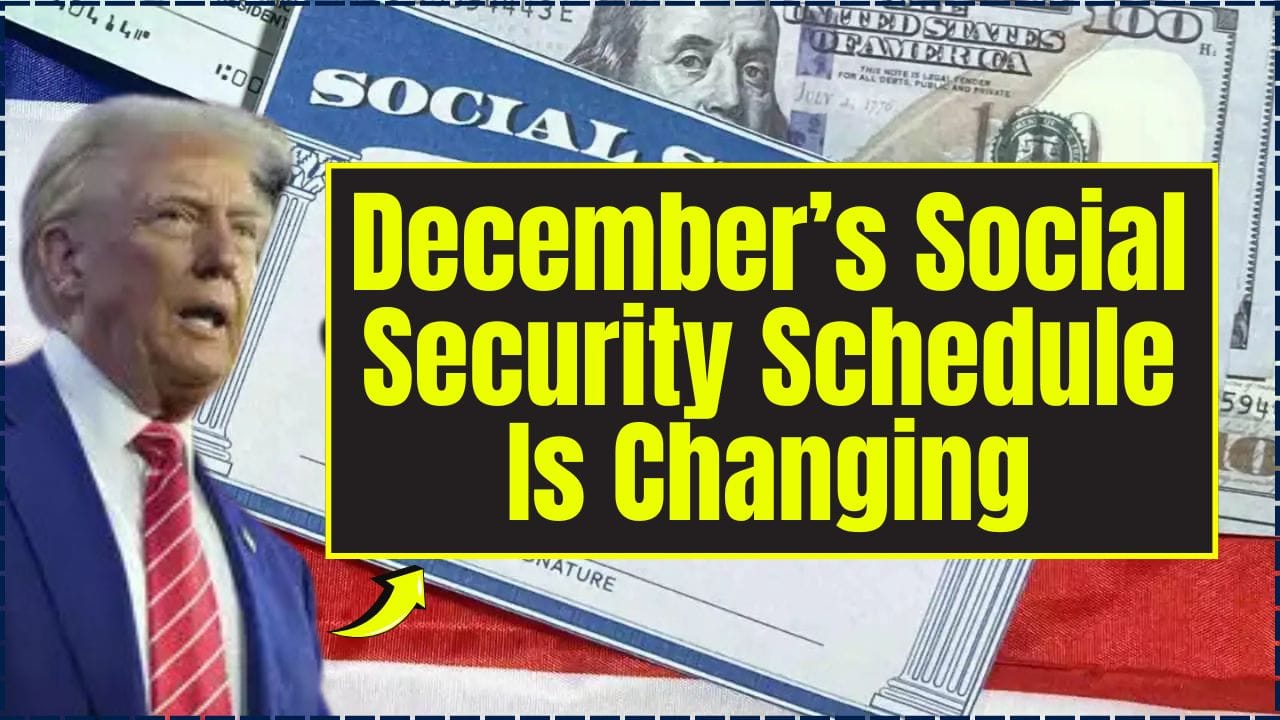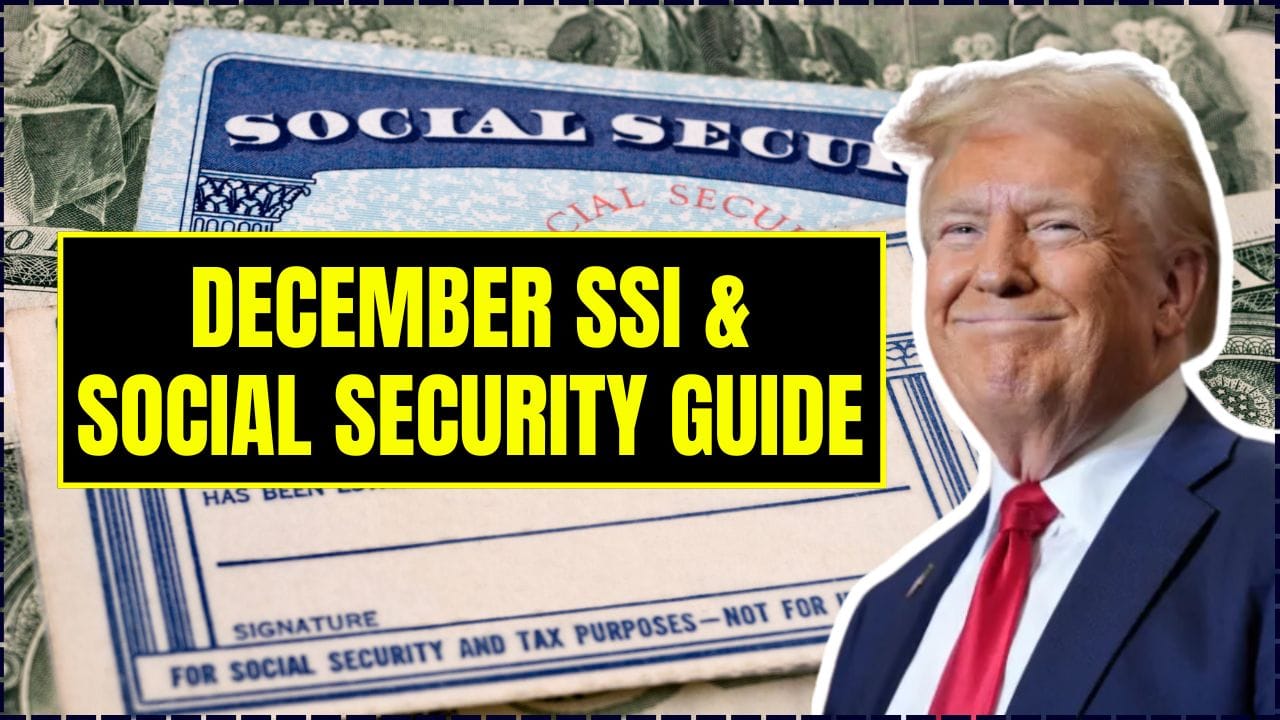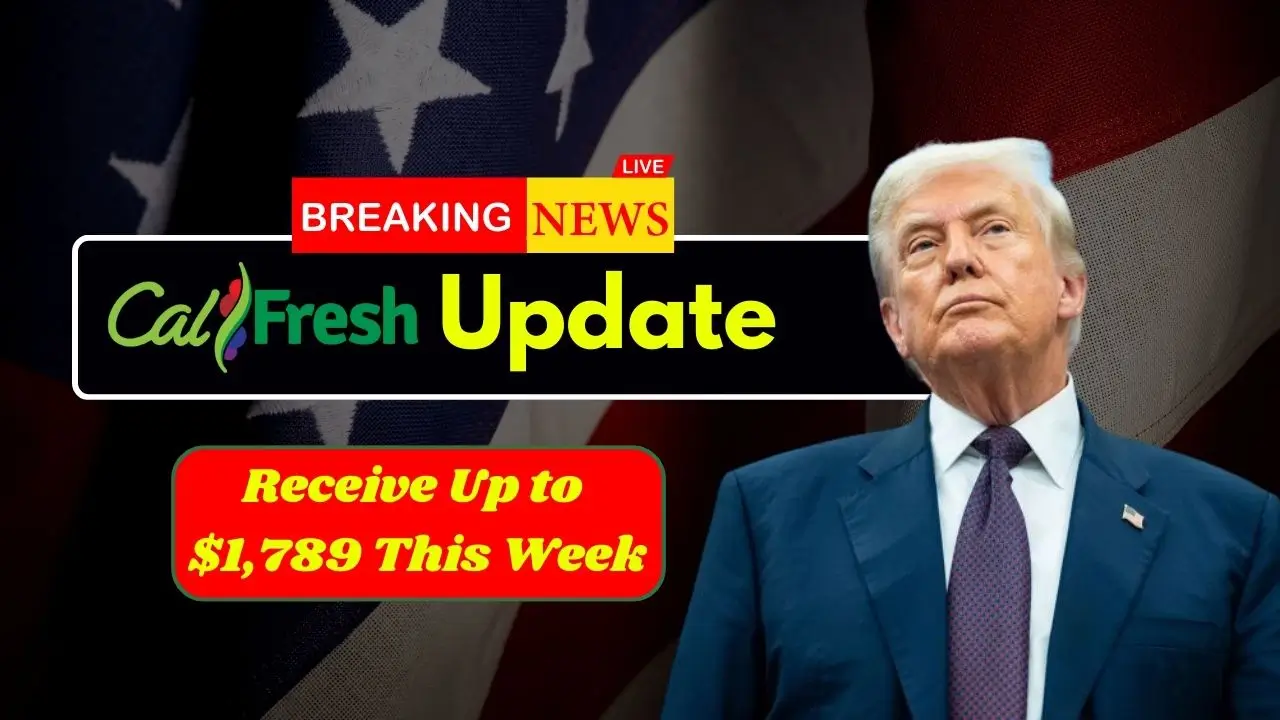The United States immigration landscape is dynamic, and staying abreast of changes is crucial for employers and nonimmigrant workers alike. A significant update has recently been announced: the release of a new version of the US Petition for a Nonimmigrant Worker Form I-129. This isn’t just a minor tweak; it reflects broader modernization efforts by USCIS, impacting how various nonimmigrant visa categories, such as H-1B, L-1, and O-1, are processed. As someone who has spent years guiding individuals and businesses through these complex processes, I can tell you that understanding these changes thoroughly will be your greatest asset in ensuring a smooth and successful application.
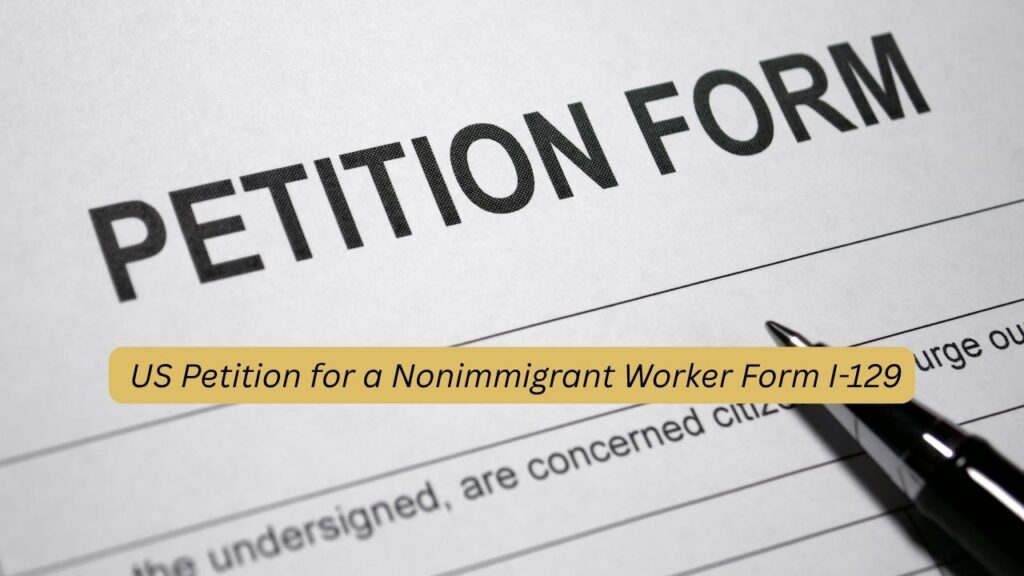
The release of the new US Petition for a Nonimmigrant Worker Form I-129 marks an important evolution in U.S. employment-based immigration. While the updated form and its associated rules introduce additional complexities and increased scrutiny, they also aim to foster a more transparent and compliant system. By taking proactive steps—familiarizing yourself with the new form, diligently gathering all required documentation, confirming fees, and considering expert guidance—you can successfully navigate this process.
What’s New with the Form I-129?
US Citizenship and Immigration Services (USCIS) has released the new edition of Form I-129, dated January 20, 2025. This updated form is now available for download, and its mandatory use will begin on July 30, 2025. This means that as of July 30, 2025, USCIS will only accept the January 20, 2025, edition of Form I-129. Filings received on or before July 29, 2025, may still use either the January 17, 2025, or January 20, 2025, editions. This change is particularly aligned with the H-1B and H-2 modernization final rules, aiming to streamline and enhance the integrity of these programs.

Key Changes and Their Implications
- Mandatory New Edition: The most critical update is the strict requirement to use the January 20, 2025, edition of the form starting July 30, 2025. There is no grace period for older versions. Filing with an outdated form on or after this date will result in rejection. In my experience advising applicants, overlooking this seemingly small detail can lead to significant delays and frustration, so mark your calendars!
- Alignment with Modernization Rules: The revised Form I-129 incorporates changes stemming from the H-1B and H-2 modernization rules. This means enhanced data fields, streamlined instructions, and clearer guidelines for petitioners. For instance, the H-1B rule modernizes the program by streamlining the approval process and increasing flexibility for employers.
- Increased Scrutiny and Documentation: The 2025 revisions embed stricter documentation requirements directly into the form. This includes more exhaustive information on proof of employer control (especially for off-site workers) and precise wage and benefit details. Expect a higher likelihood of Requests for Evidence (RFEs), particularly for third-party placements and even direct employment cases.
- Potential for Longer Processing Times: With the increased detail and scrutiny, standard processing times could extend. While USCIS aims for efficiency, the initial adjustment period to the new form may see some processing delays. Proactive and meticulously prepared petitions will be essential to mitigate this.
- Updated Filing Fees: While not explicitly detailed in the form itself, it’s crucial to always refer to the official USCIS website for the most current fee schedule. Fees for Form I-129, as well as associated fraud prevention and other fees, are subject to change and must be paid accurately to avoid rejection.
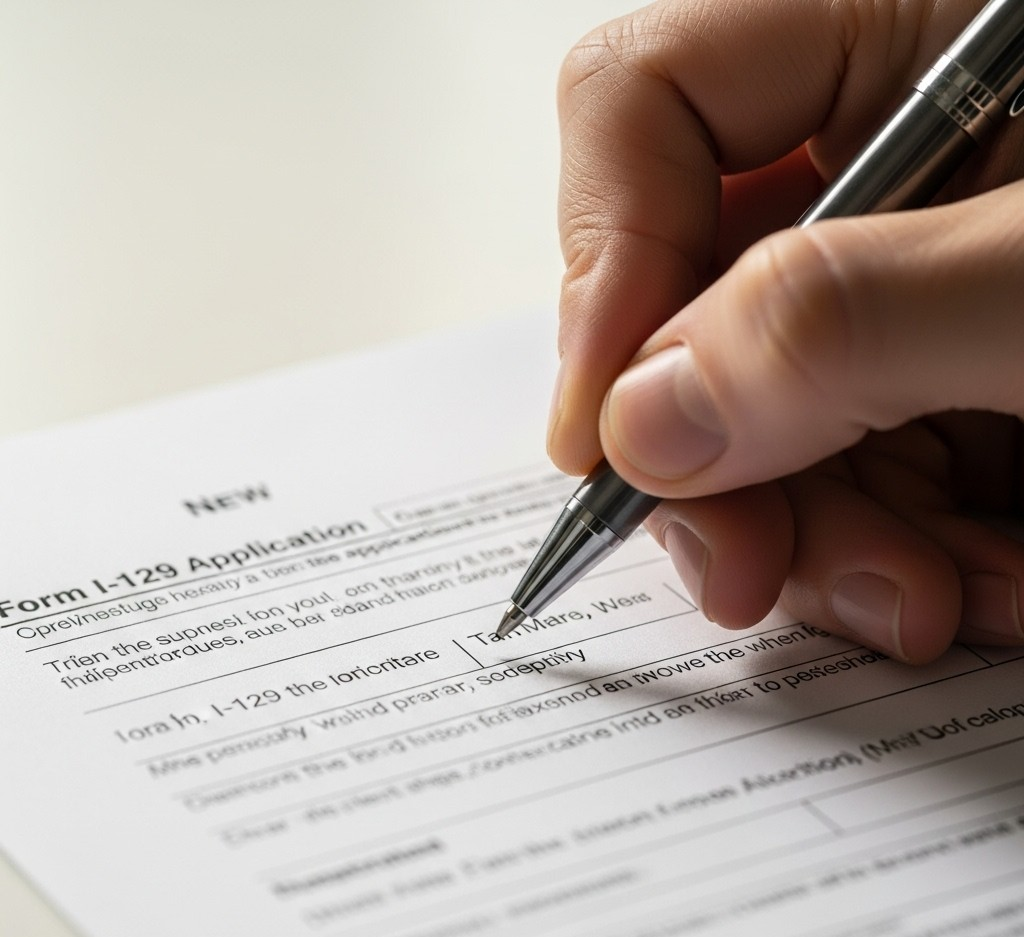
Who Does This Affect?
The US Petition for a Nonimmigrant Worker Form I-129 is the cornerstone for various temporary employment-based visas. Therefore, this new version directly impacts:
- Employers (Petitioners): Any U.S. employer seeking to hire or extend the stay of a nonimmigrant worker across categories like H-1B (specialty occupations), L-1 (intracompany transferees), O-1 (extraordinary ability), E-3 (Australian specialty occupation professionals), and TN (Canadian and Mexican NAFTA professionals) must adapt to the new form and its requirements.
- Nonimmigrant Workers (Beneficiaries): While the employer files the petition, the implications of a rejected or delayed I-129 directly affect the worker’s ability to obtain or maintain their lawful status and employment authorization in the U.S.
Preparing for a Seamless Transition: Actionable Steps
Navigating immigration processes can feel like a labyrinth, but with proper preparation and attention to detail, you can ensure a smooth transition to the new US Petition for a Nonimmigrant Worker Form I-129.
- Download the Latest Form and Instructions: Immediately download the January 20, 2025, edition of Form I-129 and its accompanying instructions from the official USCIS website. Familiarize yourself with every section and its requirements. Remember, inconsistent use of pages from different editions will lead to rejection.
- Review H-1B and H-2 Modernization Rules: Since the new form aligns with these rules, a thorough understanding of the H-1B Final Rule and H-2 Final Rule will provide valuable context and help you anticipate potential questions or documentation needs. You can find these details on the USCIS Newsroom.
- Audit Your Internal Processes: Employers should review their current immigration filing procedures.
- Documentation Management: Are your systems robust enough to easily retrieve and organize the extensive documentation now required? This includes precise wage data, detailed job duties, and proof of employer control.
- Communication: Ensure clear communication channels between HR, legal teams, and the sponsored employees to gather necessary information efficiently.
- Anticipate RFEs and Prepare Proactively: With increased scrutiny, the likelihood of RFEs will rise. Begin preparing responses for common RFE triggers, such as employer-employee relationships, specialty occupation definitions, and wage compliance. Having these ready in advance can significantly cut down on response times.
- Confirm Filing Fees: Always verify the most current filing fees directly on the USCIS Fee Schedule page. A common reason for rejection is incorrect fees. If submitting multiple forms, pay each filing fee separately as USCIS is transitioning to electronic processing that may reject combined payments.
- Consider Legal Counsel: Even for seasoned petitioners, the complexities of these updates warrant consulting with an experienced immigration attorney. They can provide tailored advice, review your petition for compliance, and help navigate any unforeseen challenges. As an expert in this field, I’ve seen many successful applicants leverage legal expertise to ensure their petitions are robust and accurate.
- Plan for Longer Processing Times: Initiate your petitions well in advance of desired start dates or current status expiration dates. Building in a buffer for potential delays, including RFEs, is a prudent strategy.
A Closer Look at Key Areas of Scrutiny
The updated Form I-129 places particular emphasis on several areas that have historically been points of contention or misinterpretation. Be prepared to provide comprehensive details on:
- Employer-Employee Relationship: For petitions involving third-party placements or off-site work, clearly demonstrate how the petitioner maintains control over the beneficiary’s work, including supervision, performance reviews, and ability to hire, fire, or pay.
- Specialty Occupation Definition (for H-1B): Ensure that the job duties unequivocally require a bachelor’s degree or higher in a specific specialty, and that the beneficiary possesses that specific degree or its equivalent. The updated rules now require degree fields to directly align with job responsibilities.
- Wage and Benefits: Provide precise and verifiable information regarding the offered wage, ensuring it meets or exceeds the prevailing wage for the occupation in the area of intended employment. Detailed compensation structures are now a key focus.
$250 Fee on United States Non-Immigrant Visas: What It Means for You
10 New USA Universities Without IELTS for Spring 2026 Admissions
FAQ
Q1: When does the new edition of Form I-129 become mandatory?
The new January 20, 2025, edition of the US Petition for a Nonimmigrant Worker Form I-129 becomes mandatory for filings received by USCIS on or after July 30, 2025. Any petitions submitted using an older version after this date will be rejected.
Q2: Are there any grace periods for using the old Form I-129?
No, there is effectively no grace period for the updated January 20, 2025, edition of Form I-129 after July 29, 2025. While filings received before July 30, 2025, could use either the January 17, 2025, or January 20, 2025, edition, from July 30th onwards, only the January 20, 2025, edition will be accepted.
Q3: What nonimmigrant visa categories are primarily affected by this new Form I-129?
The new Form I-129 affects various nonimmigrant worker categories, including but not limited to H-1B (Specialty Occupations), L-1 (Intracompany Transferee), O-1 (Individuals with Extraordinary Ability or Achievement), E-3 (Specialty Occupation Professionals from Australia), and TN (NAFTA Professionals).
Q4: Will filing fees for Form I-129 change with the new version?
Filing fees for Form I-129 are subject to updates by USCIS. While the form itself doesn’t directly indicate fee changes, it’s crucial to always refer to the official USCIS Fee Schedule on their website for the most current and accurate fee information to avoid rejection.
Q5: What is the significance of the new form aligning with H-1B and H-2 modernization rules?
The alignment signifies that the new Form I-129 incorporates changes aimed at streamlining the petition process, increasing flexibility for employers, strengthening worker protections, and enhancing the integrity and oversight of the H-1B and H-2 visa programs. This includes more detailed data fields and clearer instructions to reduce errors and improve compliance.



